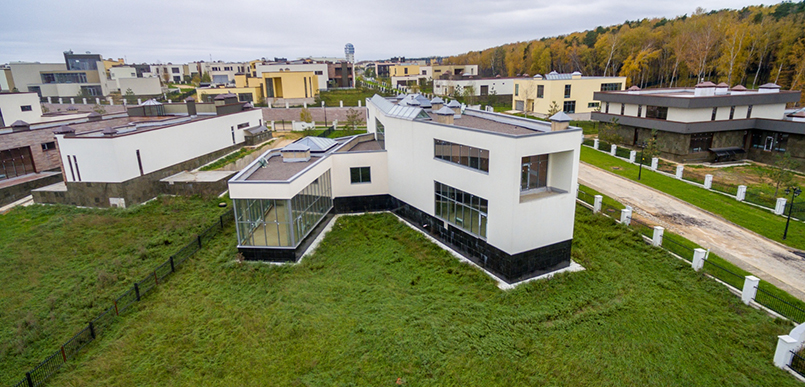In recent years, there has been a notable surge in interest surrounding container homes as a sustainable and innovative housing solution. Once relegated to the realm of alternative architecture, these structures have now gained widespread recognition for their eco-friendly attributes, affordability, and adaptability. In this blog, we will explore the reasons behind the growing popularity of container homes, highlighting their environmental benefits, sustainable features, and real-life examples of successful projects.
Environmental Benefits of Repurposing Shipping Containers:
At the heart of the container home movement lies a commitment to sustainability and environmental stewardship. Shipping containers, originally designed for the transportation of goods across oceans, offer a unique opportunity for repurposing and reuse. By converting these steel boxes into habitable dwellings, we can significantly reduce the demand for new construction materials and mitigate the environmental impact associated with traditional building methods.
One of the primary environmental benefits of container homes is the preservation of natural resources. Instead of relying on virgin materials such as wood or concrete, container homes make use of existing resources in the form of decommissioned shipping containers. This repurposing not only diverts waste from landfills but also minimizes the extraction of raw materials, thereby conserving energy and reducing carbon emissions.
Furthermore, the construction of container homes generates less waste compared to conventional building practices. Since the structural framework of the containers remains intact, there is less need for extensive cutting, shaping, and assembling of materials on-site. This streamlined construction process not only reduces the amount of construction waste but also lowers the overall environmental footprint of the project.
Sustainable Features of Container Homes:
In addition to their environmentally friendly origins, container homes boast a variety of sustainable features that contribute to their appeal. One such feature is their inherent energy efficiency. Made from durable Corten steel, shipping containers offer excellent thermal insulation properties, helping to regulate indoor temperatures and reduce heating and cooling costs.
Moreover, container homes lend themselves well to off-grid living and renewable energy integration. Their modular design and compact footprint make them ideal candidates for solar panel installation, rainwater harvesting systems, and other eco-friendly technologies. By harnessing renewable resources, container homeowners can achieve greater energy independence and reduce their reliance on fossil fuels.
Case Studies of Successful Container Home Projects:
To illustrate the potential of container homes as a viable housing solution, let’s explore some real-life examples of successful projects from around the world. From urban infill developments to rural retreats, container homes have proven their versatility and adaptability in diverse settings.
One such example is the Container City in London, UK, which repurposes shipping containers to create vibrant mixed-use communities. These colorful container complexes house offices, artist studios, and residential units, demonstrating the creative potential of container architecture in urban environments.
Similarly, in remote regions of Australia, container homes have become a popular choice for off-grid living and sustainable tourism. From cozy cabins nestled in the bushland to luxurious eco-resorts overlooking the Outback, these container-based accommodations offer a unique blend of comfort and environmental responsibility.
Conclusion:
In conclusion, the rise of container homes represents a promising shift towards more sustainable and environmentally conscious housing solutions. By repurposing shipping containers, we can reduce waste, conserve resources, and create homes that are both eco-friendly and affordable. As demonstrated by the examples mentioned above, container homes have the potential to revolutionize the way we think about architecture and urban development. With their combination of innovation, versatility, and sustainability, container homes are poised to play a significant role in shaping the future of housing worldwide.





Comments are closed